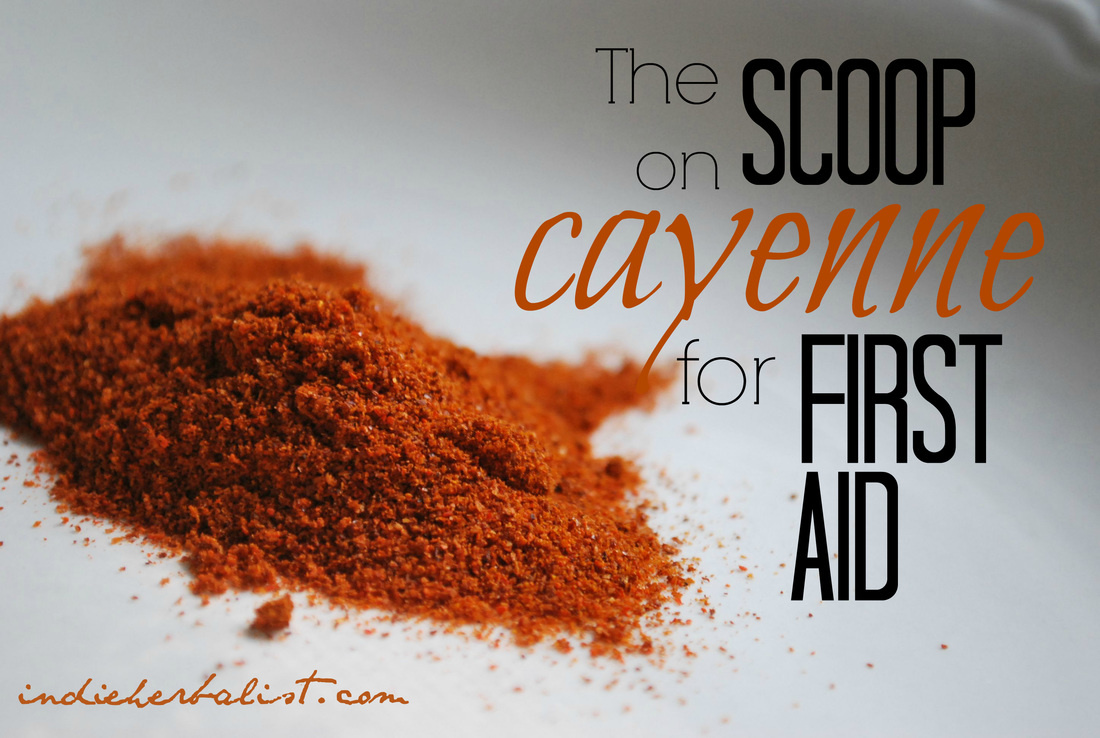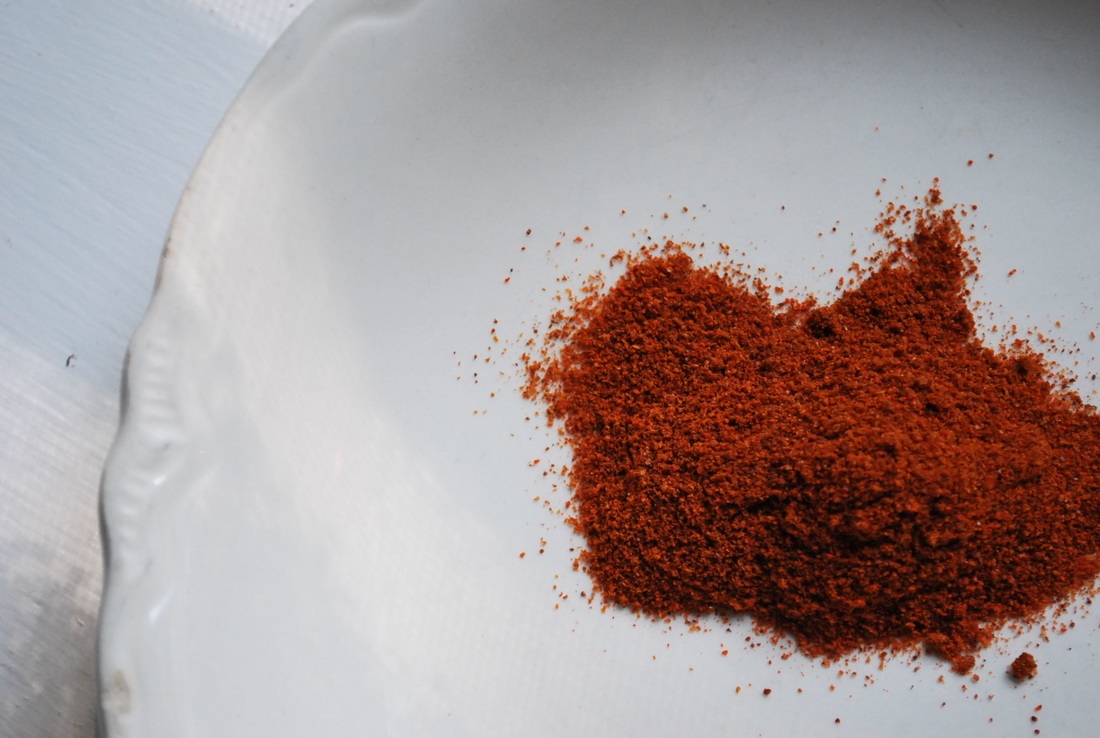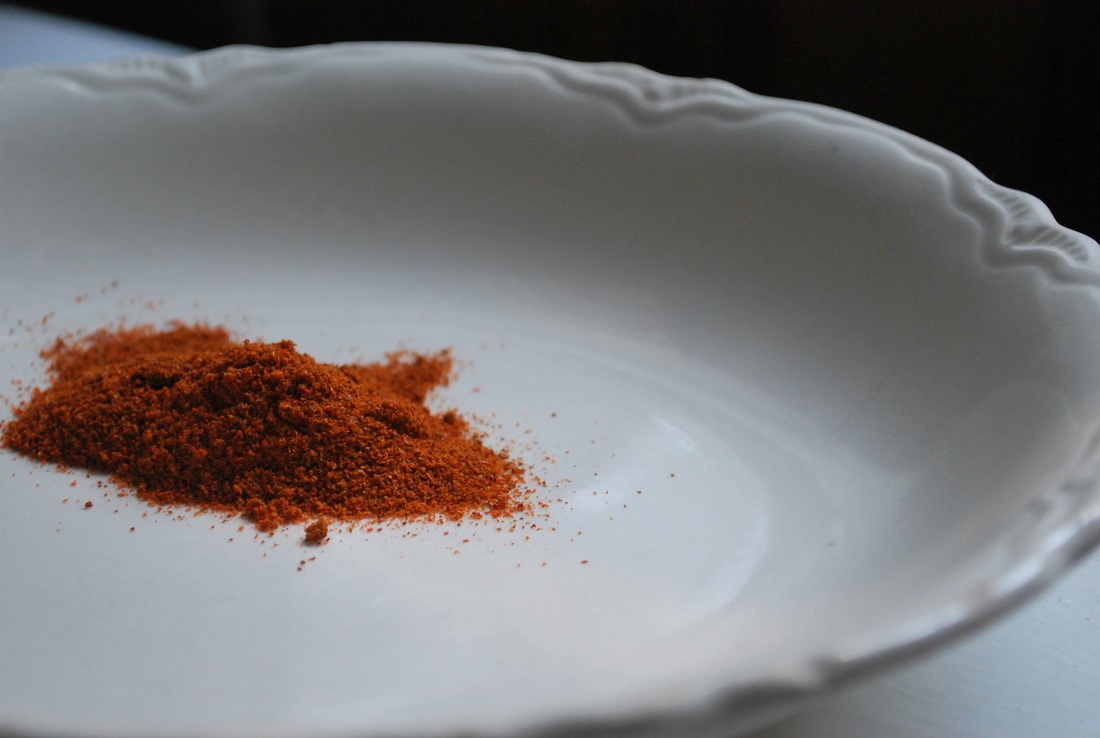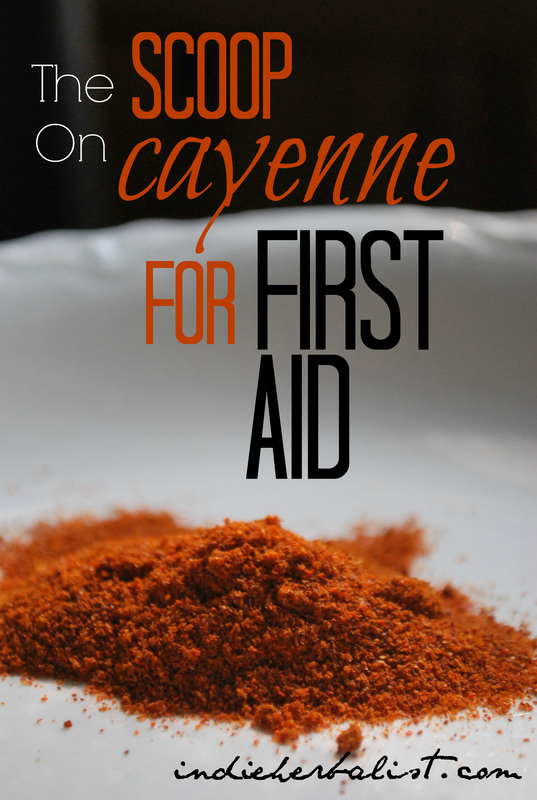Links contained in this post and elsewhere on my website may include affiliate links. When you make a purchase through these links, I earn a commission at no additional cost to you. I only link to products and services that I love - and that I think you will love, too!
The hyperbole surrounding cayenne (Capsicum annuum) is pretty impressive. Once you get past all of the “herban” legends about this plant you’ll discover that it still earns it’s keep as a must in the prepared herbalist’s garden and first aid supplies. . .just not quite for the reasons you might expect. First, you have to push past the several layers of oversimplification that usually surround this herb.
If you ask why someone includes cayenne in their first aid kit, you might get the response “it’s for heart attacks” or “to stop bleeding.” But usually no one can elaborate further than that. So where did these assumptions about the use of cayenne come from?
Early American Herbalism
The early American tradition of herbalism includes two movements and groups of herbalists known as the Thomasonians and the Eclectics. The Thomasonians followed practices developed by Samuel Thomason (1769-1843). A different Samuel, Constantine Samuel Rafinesque, came up with the name Eclectic to describe a branch of medicine that developed partly from the Thomasonians and drew widely from many different sources (hence, it was eclectic).
Samuel Thomason is credited with introducing cayenne to the western world as an herbal remedy in 1806 (Wood, 2009) At the time, it was described as being a diffusive, an herb that can help to balance or equalize the circulation of blood in the body.
According to Western herbal theory, the circulation of blood in the body can become imbalanced for a variety of reasons. For instance, overeating can cause blood to stagnate around the digestive organs, too much alcohol can cause it to collect in and around the liver, smoking brings an imbalance of blood to the lungs, etc. In some cases of poor circulation, the hands and feet might be cold, while blood might tend to collect around the heart.
By using cayenne as a diffusive, early herbalists helped the body return to a more balanced state where they could better observe what other imbalances were occurring. As far as cayenne and heart health goes, cayenne was originally used as a diffusive so that the herbalist could get a clearer picture of heart health once the strain of too much blood in and around the heart was removed.
Thomason was one of the first herbalists to reason that cayenne would be useful during a heart attack, but a fellow named John Christopher is where most modern cayenne proponents say they learned the information.
“Dr.” Christopher, as he is often called (although he didn’t actually have a doctorate), used cayenne as a specific for high/low blood pressure, heart trouble and heart attacks, and hemorrhaging. He reasoned that by equalizing or spreading out the circulation, less blood would be present in the area of the hemorrhage, which would then allow the body to better control the bleeding.
Other, less dramatic, uses for cayenne include:
- As a gargle for sore throats
- Combined with other herbs (like black walnut) for diarrhea
- As a salve for nerve and joint pain and painful skin conditions
- Opens the pores to encourage sweating
- Anthelmintic
- Debility
Some research seems to back up the topical use of cayenne for pain. Capsaicin, found in cayenne, appears to deplete a neurotransmitter for pain and itching known as substance P (Hoffman, 2003).
How To Use Cayenne
Cayenne can be used as a powder, as an extract, or as a tea.
The powder is sometimes sprinkled onto wounds as a styptic, although introducing a foreign substance into a wound requires careful cleanup later. An extract might be a better delivery method here. Also, cayenne applied to a cut can sting like heck, so bear that in mind, too.
You can make a basic extract in vodka (using the folk method) or get more technical and make a 1:5 extract. Whichever you prefer. Usually around 15-30 drops of extract are used at a time (about a ¼ tsp at the most). Adding the extract to milk makes it less painful on the mouth and throat.
To make a tea with cayenne, use ½ to 1 tsp of dried, powdered cayenne in 1 cup of boiling hot water. Hoffman notes that one tablespoon of the infusion should be used at a time, and needs to be further diluted in more water before drinking. Milk would also work just as well for the dilution, and will certainly be more comfortable.
I like adding a shake or two of cayenne pepper to hot water with a squeeze of lemon and a little honey for colds, lost voices, sore throats, and the like.
Growing Your Own Cayenne
If you are interested in adding this herb to your own first aid supplies, you can purchase high quality cayenne pepper extract and powder here. Cayenne is an easy going garden denizen, though, so growing it yourself can also be worthwhile!
Cayenne is native to South America, so it loves a tropical climate and is actually a perennial in its native habitat. You don’t have to live in the tropics to grow your own cayenne, though- in temperate areas it’s easily grown as an annual in the veggie garden. Start seeds indoors well before the last frost, or pick up a seedling at your local garden center.
Cayenne likes a sunny spot, but hates compacted soils and being too dry, and will usually grow happily in containers as long as it gets enough water. The stems tend to be brittle, so be gentle with your cayenne plants!
Harvest your cayenne peppers once they are bright red. If first frost threatens and you still have some peppers on your plants, go ahead and harvest even if they aren’t ripe. Put the peppers in a closed container for a day or two and the ethylene gas they emit will help them finish the ripening process. Dry your peppers in a dehydrator or on screens.
Resources and Further Reading
There are many wonderful books written by herbalists that can help you further demystify herbs and learn to tell the facts from the hype. Two books with excellent entries on cayenne (and many other herbs) are:
Hoffman, David (2003) Medical Herbalism: The Science and Practice of Herbal Medicine
Wood, Matthew (2009) The Earthwise Herbal: A Complete Guide to New World Medicinal Plants



